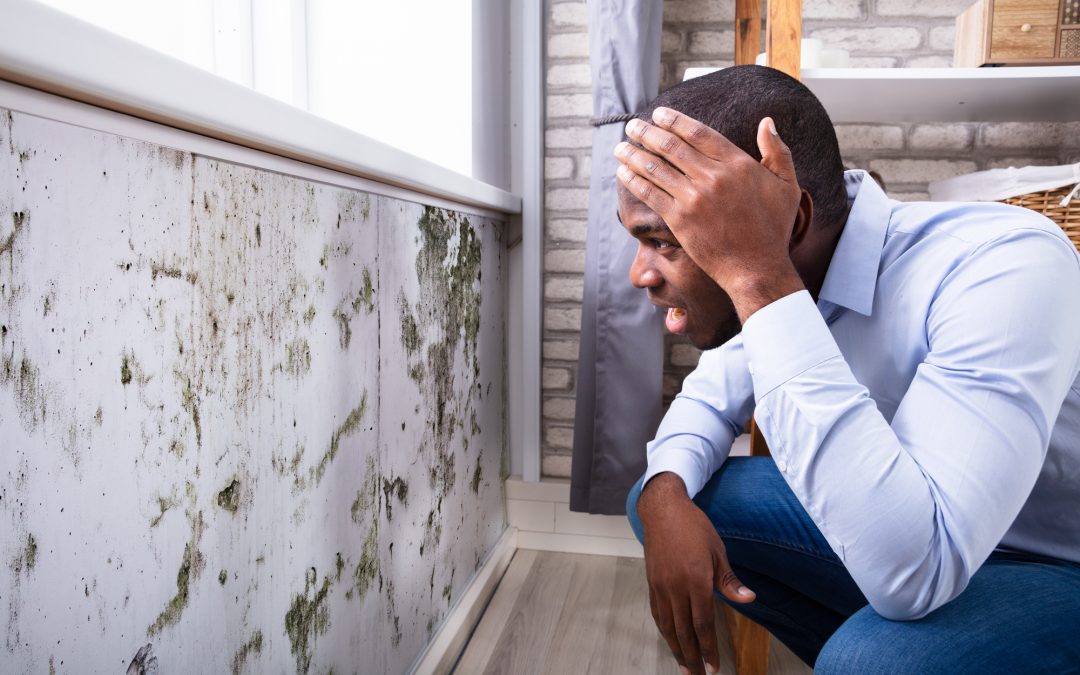Your Ultimate Overview to Blog Post Mold And Mildew Remediation Methods
Navigating the world of post-mold removal techniques is a precise process that requires focus to detail and a thorough understanding of the complexities included. In the aftermath of mold infestation, knowing just how to properly get rid of the mold and mildew and avoid its reoccurrence is paramount for preserving a healthy indoor atmosphere. From picking the ideal cleaning and disinfecting methods to executing approaches for lasting mold prevention, each step in the remediation journey plays an essential role in making sure an effective outcome. As we embark on this expedition of post-mold remediation methods, we will certainly uncover the essential techniques and ideal practices that can assist you restore your area to its pre-mold condition and secure it against future mold and mildew risks.
Comprehending Post-Mold Remediation Refine
After completing the mold removal process, it is critical to recognize the post-mold removal strategies that are required to make sure a efficient and detailed cleaning. As soon as the mold has actually been gotten rid of, the next action entails cleaning and decontaminating the affected locations to avoid any regrowth of mold. This consists of making use of specialized cleaning representatives to clean down surfaces and eliminate any kind of continuing to be mold spores. It is important to dry the area entirely to discourage the development of mold in the future (testing air quality after mold remediation). Correct air flow and dehumidification can help in this procedure.
Furthermore, carrying out a final examination post-remediation is essential to ensure that all mold and mildew has been successfully removed. If the inspection discloses any type of sticking around mold, extra removal might be required.
Efficient Cleansing and Sanitizing Approaches

Protecting Against Future Mold Growth

Relevance of Correct Ventilation
Appropriate ventilation plays an important role in protecting against moisture build-up, look here a key factor in mold and mildew development within indoor environments. Efficient air flow systems help remove excess moisture from the air, lowering the chances of mold spores finding the dampness they need to spread out and germinate. Without ample ventilation, interior areas can come to be a breeding place for mold and mildew, resulting in prospective wellness risks and architectural damages.
By ensuring appropriate air blood circulation, ventilation systems can additionally aid in drying out damp locations quicker after water damage or flooding incidents, further hindering mold and mildew development. what to do after mold remediation. Precede like bathrooms, attic rooms, cellars, and cooking areas where dampness levels have a tendency to be greater, installing and keeping reliable ventilation systems is critical in protecting against mold and mildew invasions

Tracking and Upkeep Tips
Provided the critical function that proper ventilation plays in avoiding mold and mildew development, it is essential to develop reliable surveillance and upkeep tips to make sure the continued functionality of ventilation systems. Routine examinations of air flow systems ought to be conducted to look for any kind of indications of clogs, leakages, or breakdowns that could hamper correct air movement. Tracking moisture levels within the residential or commercial property is additionally crucial, as high humidity can add to mold development. Installing a hygrometer can aid track humidity degrees and alert property owners to any spikes that might require interest. In addition, guaranteeing that air filters are consistently cleansed or changed is necessary for preserving the effectiveness of the ventilation system. Executing a routine for regular maintenance tasks, such as air duct cleansing and HVAC system inspections, can assist avoid problems before they rise. By remaining attentive and aggressive to the problem of ventilation systems, residential or commercial property proprietors can successfully reduce the risk of mold and mildew regrowth and preserve a healthy indoor atmosphere.
Verdict
To conclude, post-mold remediation strategies are essential for making sure a tidy and secure atmosphere. Recognizing the procedure, carrying out reliable cleansing and sanitizing methods, stopping future mold and mildew growth, maintaining proper air flow, and normal monitoring are all vital steps in the removal procedure. By complying with these standards, you can efficiently remove mold and mildew and stop its return, functioning or promoting a healthy living room for all owners.
In the results of mold and mildew problem, knowing exactly how to properly eradicate the mold and prevent its reoccurrence is extremely important for maintaining a healthy and balanced interior setting. When the mold has been gotten rid of, the next action involves cleansing and decontaminating the impacted areas to prevent any type of regrowth of mold - Post Mold Remediation. After eliminating visible mold development, it is crucial to clean up all surface areas in the afflicted area to remove any type of continuing to be mold and mildew spores. To better improve mold avoidance procedures, it is crucial to deal with underlying problems that originally led to mold and mildew growth.Provided the crucial role that proper ventilation plays in preventing mold growth, it is crucial visit our website to establish effective tracking and upkeep pointers to ensure the ongoing capability of air flow systems
Comments on “Testing Air Quality After Mold Remediation”